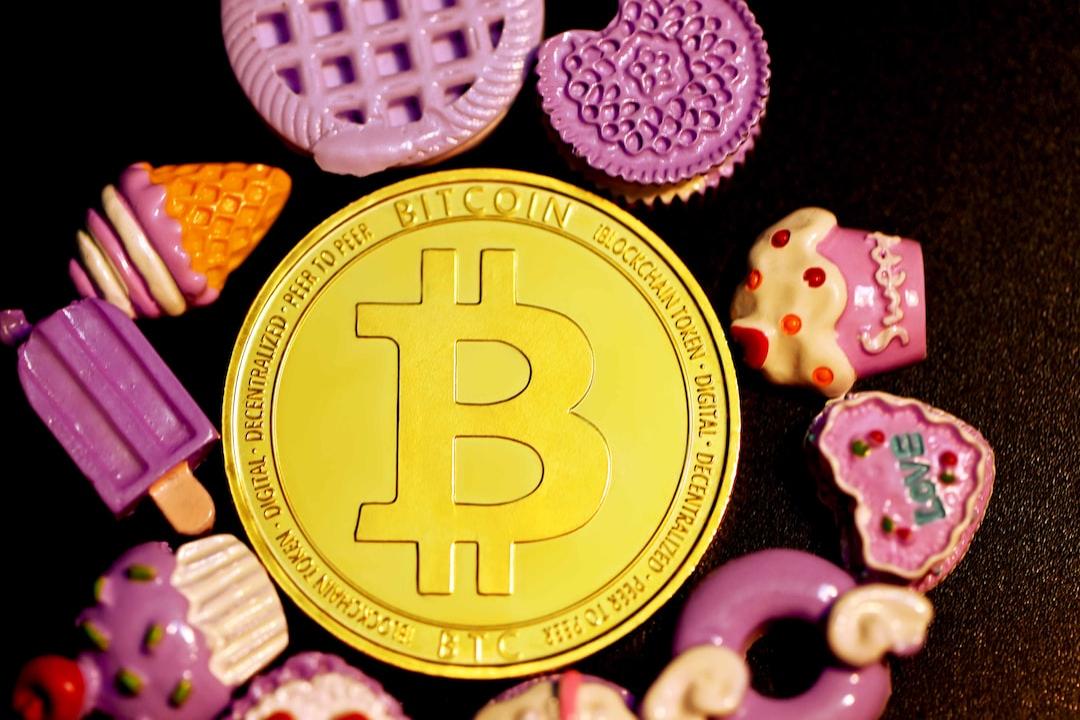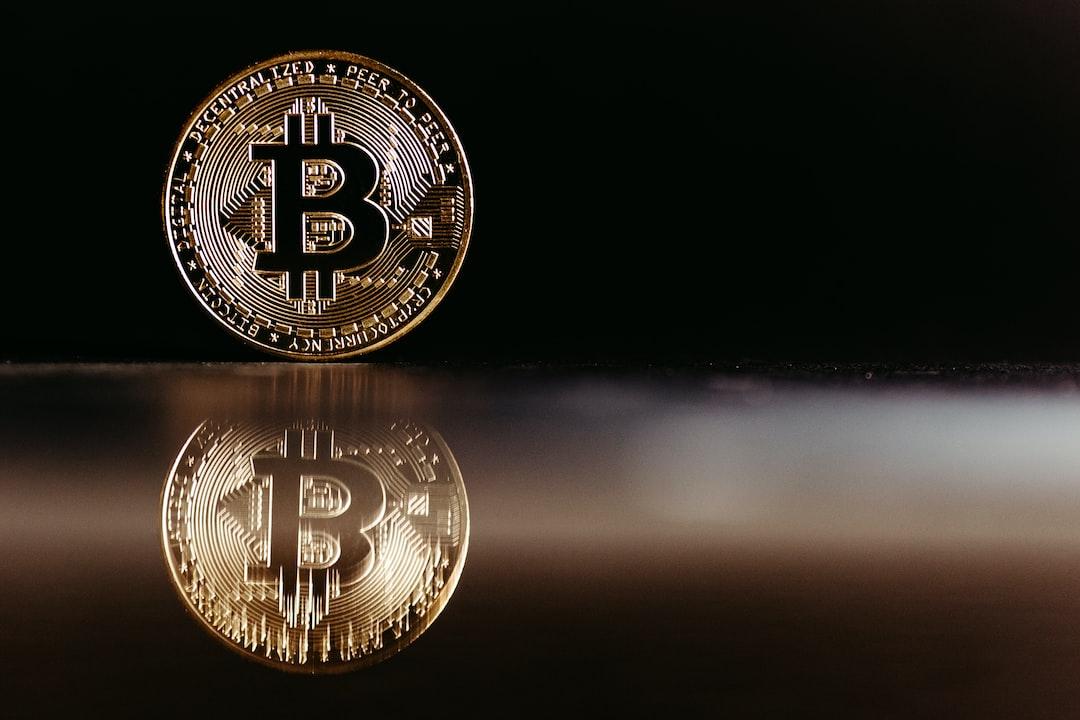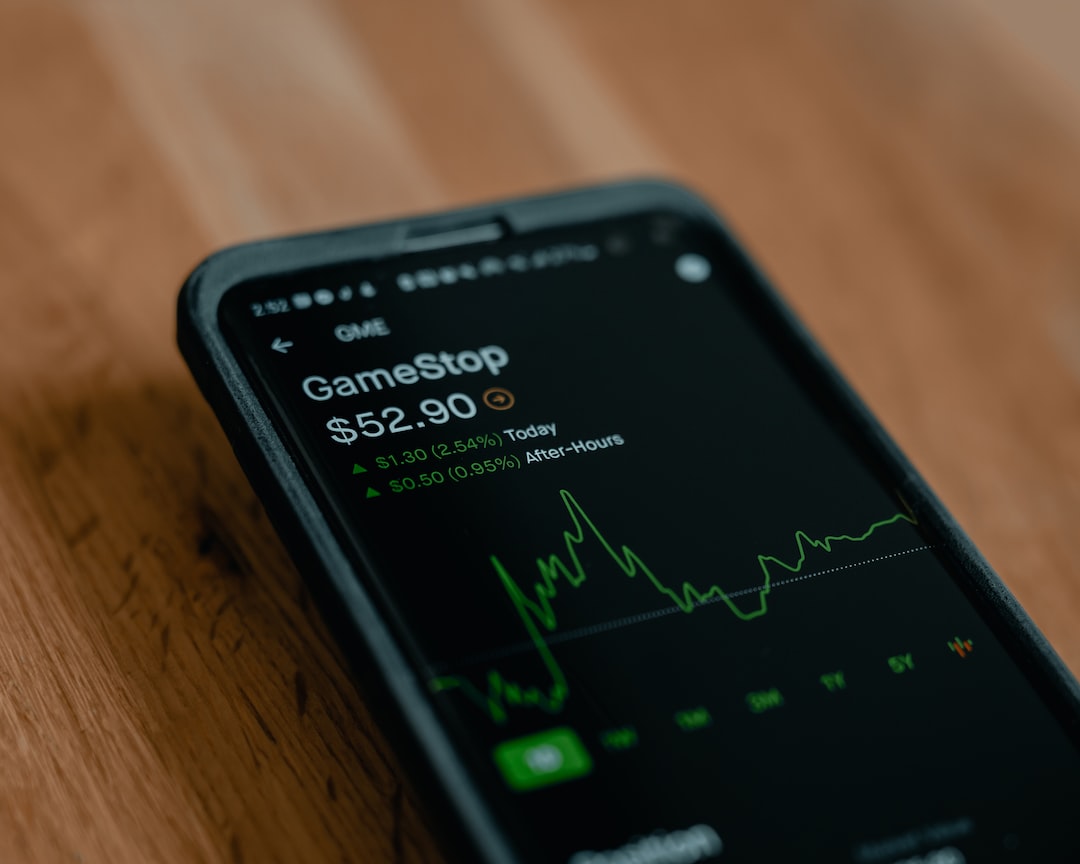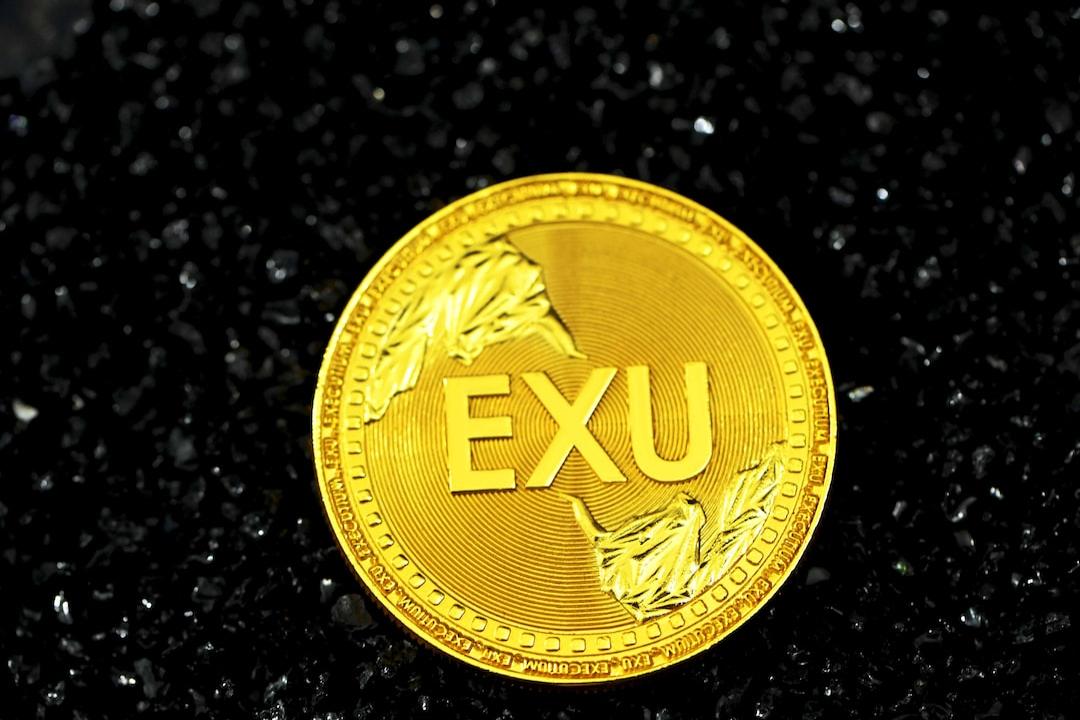Is a Diamond Ring a Symbol of Love or a Well-Planned Marketing Scam? Which Will Modern Newlyweds Choose: the Digital Scarcity of Bitcoin or the Artificially High Price of Diamonds?
(Background: Diamond Romance but Can It Retain Value? Prices at a Record Low this Century, Pressured by Supply-Demand Imbalance and Synthetic Products)
(Supplementary Background: Reader Submission: This is the scam I encountered, costing me tens of thousands of USDT)
“Don’t spend more than $100 on an engagement ring; better to buy Bitcoin for your future family.” When Pierre Rochard, vice president of mining company Riot Platforms, threw out this provocative statement on platform X, the responses from netizens were not far from expectations: some called it the rant of a cryptocurrency zealot, deeming it an affront to true love; others applauded, relieved that someone had exposed the consumerist deception.
Pierre Rochard posted a picture of the engagement ring he bought nine years ago—made of synthetic diamond with a silver band, worth $59. Yet their marriage seems to be going well, directly contradicting the critics.
Married 9 years.

Whether you view this statement as a joke or a candid financial suggestion, it unexpectedly touches on a deeper cultural context. In 2025, when we want to make an “eternal” promise, what exactly do we need to use as proof?
Why are we imagining the metaverse, digital life, AI, brain-computer interfaces, and consciousness uploading, yet when it comes to marriage, do we still need to buy some gold for the dowry? Along with tens or hundreds of thousands in various bride prices?
The comparison of tokens of engagement superficially pits Bitcoin against diamonds, but in reality, it is a profound dialogue spanning finance, marketing, sociology, and generational values. It forces us to examine whether those traditions we take for granted are meticulously designed commercial schemes.
The Real Face of Diamonds as “Assets”
To understand why Bitcoin is compared with diamonds, we must return to a fundamental question: what is the essence of a dowry or engagement token?
In Han culture, gold has long played an important role; it is not only a symbol of wealth but also a form of “family emergency funds.” Its value lies in high liquidity, easy valuation, divisibility, and broad recognition. It serves as a financial cushion that can be liquidated in emergencies after significant family setbacks, providing a final safeguard against future uncertainties.
Now let’s evaluate diamonds. Unfortunately, diamonds are a poor asset in almost every category. First, their liquidity is extremely low. Once a diamond leaves the jewelry store counter, its resale price plunges drastically, often only 30% to 50% of the original price. There is even no public, transparent, standardized index for second-hand diamond prices, making it impossible to understand its true market value like tracking stock or gold prices. What you buy is more about brand premiums, retailer profits, and that meticulously packaged “emotional value.”
After all, you are not buying a large raw stone, and you are not a diamond dealer, so you have no negotiating power.
Moreover, the “scarcity” of diamonds is largely a result of artificial manipulation. In the 20th century, De Beers monopolized most global diamond sources and propagated the brainwashing mantra “A Diamond is Forever,” successfully tying a carbon crystal structurally indistinguishable from charcoal to love and eternity. The value of diamonds thereafter became anchored in marketing narratives rather than intrinsic, verifiable scarcity.
In contrast, although Bitcoin is known for its extreme volatility, it logically aligns more closely with the concept of “digital gold.” The total supply of BTC is capped at 21 million, a scarcity guaranteed by code that cannot be tampered with by anyone. Bitcoin possesses global liquidity and can be traded on-chain 24/7; it can be divided into extremely small units and cannot be snatched away from your fingers by passersby.
From the perspective of asset properties, choosing Bitcoin is not a trendy speculation but a rational return to the core function of “dowry.” The century-long dominance of diamonds as engagement tokens seems more like a historical anomaly built on information asymmetry and marketing monopolies.
I wouldn’t say proposing with Bitcoin is more “romantic”; that feeling may vary from person to person. To me, proposing with a set of private keys containing one Bitcoin is extremely romantic. Of course, a ring is still necessary; a $300 one will do just fine.
Gen Z’s New Love: Lab-Grown Diamonds
The most lethal blow to the diamond industry does not come from cryptocurrency but from technology itself. The rise of lab-grown diamonds is fundamentally undermining the “scarcity” narrative that natural diamonds rely on.
Lab-grown diamonds possess almost identical chemical, physical, and optical properties to natural diamonds, requiring sophisticated instruments for professional appraisers to distinguish between them. However, their prices are only a fraction of the cost of equivalent natural diamonds, and as technology matures, prices continue to decline. According to statistics, lab-grown diamonds currently account for over 20% of global diamond jewelry sales and are expanding at a double-digit annual growth rate. This trend directly impacts the foundation of traditional diamond mining, with even diamond giant De Beers announcing a 26% reduction in its natural diamond production in 2025.
In the past five years, the average market price of natural diamonds has experienced significant fluctuations. Following the impact of the coronavirus pandemic in 2019, diamond prices plummeted in 2020, rebounded sharply in 2021, but then showed signs of weakening in the latter half of 2022 and into 2023. Factors affecting price fluctuations include the economic downturn in China, adjustments in diamond mining supply, geopolitical events (such as the impact of the Russia-Ukraine conflict on Russian diamond supply), and the market competition brought about by the rise of lab-grown diamonds.

To summarize the price trends:
- Natural Diamonds: From the 2022 peak to 2025, a decline of approximately 26–40%, with the market facing a value reassessment.
- Lab-Grown Diamonds: Since 2020, prices once plummeted by 74%, and even from as early as 2016, the decline reached 86%. As they become more popular, their production increases, leading to lower prices.
What does this indicate? It starkly illustrates that a large part of the value of diamonds stems from replicable physical properties (i.e., beauty and brilliance). When consumers can obtain the same stunning visual effects at lower prices and more environmentally and humanitarian-friendly means, the premium surrounding natural diamonds constructed on narratives of “formed over billions of years” and “Earth’s gifts” seems pale and powerless.
The engagement choices for Gen Z have become clearer: if the aim is a beautiful symbol, then affordable lab-grown diamonds are entirely capable. The substantial budget saved can be invested in assets that resist inflation and create future value (such as Bitcoin or index fund ETFs) or used for the couple’s honeymoon or down payment on a house—clearly a more rational choice.
Can Love Be Discussed Only in Terms of Money?
The strongest rebuttal from diamond advocates does not come from a financial perspective but rather from an emotional one:
“Proposing is a once-in-a-lifetime ritual; talking about money is too vulgar!”
“Diamonds represent a commitment without price; their uselessness and expense are symbols in themselves!”
This argument sounds compelling, deftly shifting the value of diamonds from “assets” to “symbols.” In this discourse, the proposal is a grand realization of social values, with diamonds as the most important props. Their high prices symbolize the weight of the promise, declaring to partners and society, “I am willing to make irrational sacrifices for you.”
But the reality is that this symbolic logic is being deconstructed by the younger generations of Gen Z and Millennials in their own ways. They are digital natives, accustomed to information transparency and skepticism towards authority.
Data shows that couples under 35 are increasingly emphasizing personalization, affordability, and ethical sourcing when choosing engagement rings (are you familiar with blood diamonds?). Nearly 70% of Gen Z buyers opt for lab-grown diamonds; they prefer rings that tell “our” story rather than recreating the romantic ads of the last century at their weddings. Nowadays, couples openly discuss budgets, participate in wedding design together, and even overturn traditions with an increasing number of “male engagement rings,” where women propose to men.
In such value systems, “without price” may partially be interpreted as a negative signal. In contrast, choosing to invest financial resources in shareable assets can represent a deeper form of romance in contemporary society.
Beliefs in Love Represent the Future of Love
Why write this? The author was actually struck by the phrase “Don’t spend more than $100 on an engagement ring,” leaving me momentarily numb and unable to stand. I am a witness to having once bought a C-brand wedding ring worth several hundred thousand, only to find out later that the marriage never happened and its resale value was less than 20%.
Comparing assets to love is indeed trivial, but debating whose diamond ring is larger or which brand is more famous (C, D, or T) is quite trivial too. Some divorced friends say love is gone, but the gold bought for the wedding has appreciated significantly. Perhaps young friends should genuinely consider allocating part of their wedding funds into some Bitcoin.
The best partners share similar values in faith and management quality. I hope all your love and assets continue to appreciate.


